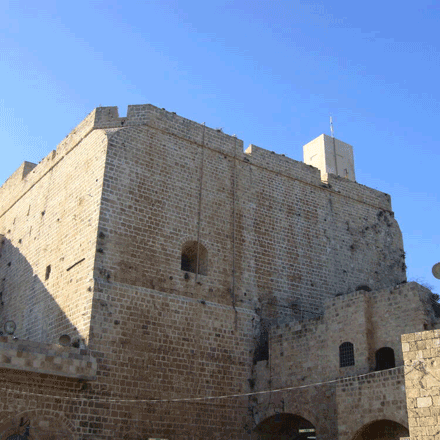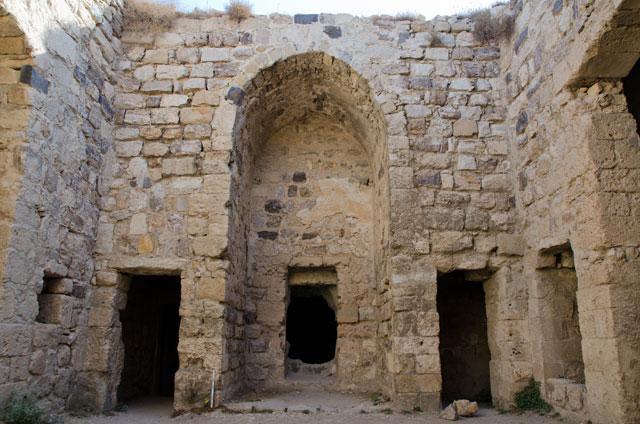You are here
Scholar reveals complex social interactions during sieges in Mediaeval Levant
By Saeb Rawashdeh - Apr 10,2023 - Last updated at Apr 11,2023

Acre, a mediaeval stronghold on the Mediterranean Sea (Photo courtesy of UNESCO)
AMMAN — Settlements in the Levant during Mediaeval times were a mixture of ethnicities, cultures and religions, noted a French historian and PhD candidate at Lancaster University, whose studies the conflict and life besieged people in Jazira and Bilad Al Sham from 1097 to 1192.
“Frankish or Turkish commanders were mostly a ruling minority. Consequently, for besieged commanders, the most important form of interaction was towards their own population, not towards the enemy,” Thomas Brosset told The Jordan Times.
Commanders ensured that a portion of the inhabitants would not surrender and open the gates to the besiegers, or the siege would be lost, Brosset elaborated, adding that this is how Nur Al Din took over Damascus in 1154, ending the Burid rule over Southern and Central Syria.
“Besieged and besiegers interactions can be split into two categories: official and unofficial. Official contacts were mainly linked to diplomacy. Those followed a degree of diplomatic protocol, so they are very useful to understand the elite interactions. Unofficial interactions, on the other hand, are more interesting to show what happened between communities,” Brosset underlined.
Additionally, most unofficial contact during sieges between Franks and Muslims was hostile, with frequent religious humiliation, verbal abuse and physical mistreatment of prisoners, the historian said. He added that there were seemingly tacit norms that regulated violence in most cases that were rarely breached.
“For instance, Franks converted a mosque into stables during the siege of Aleppo in 1123. This went too far, so the qadi Ibn Al Khashab retaliated against Christians in Aleppo by converting three churches into mosques. He then demanded that Joscelin of Edessa repair the damage his troops caused otherwise he would expel the remaining Christians from the city and convert their last church as well,” Brosset said, noting that Joscelin realised his troops went overboard, and acceded to Ibn Al Khashab’s demand.
Brosset studied 717 sieges and believes that the most interesting ones “were not the most famous, because these have been studied since the 19th century and their narratives are well known”.
More interesting are sieges of secondary importance that provided a new interpretation of siege warfare, the scholar highlighted, adding that he also studied “famous sieges, like Acre in 1189-91, Antioch in 1097-98, Ascalon in 1153, Damascus in 1148 and 1154, Jerusalem in 1099 and 1187 and Shayzar in 1138.”
During bloody wars, rivals sometimes befriended each other, Brosset noted.
“The most well-known example is certainly Richard and Saladin’s relationship during the Third Crusade. A good reading about relations between the twelfth-century elite is Usāmaibn Munqidh’s “Book of Learning by Example”. More interesting is the fraternisation between commoners. Examples are rare, but show enemies sharing games, like an arrow shooting contest during the siege of Acre in 1189-91. It also shows curiosity about their respective culture and religion,” Brosset said.
Related Articles
AMMAN — In mediaeval warfare, sieges of fortified cities were conducted in accordance with rules taken from five verses in the book of Deute
AMMAN — In 1189, after the victorious siege which started in 1187 and the crusaders’ fall of Hatting, Saladin came into possession of the ca
AMMAN — One of the first major campaigns of the First Crusade was the siege of Antioch in spring of 1098.



















